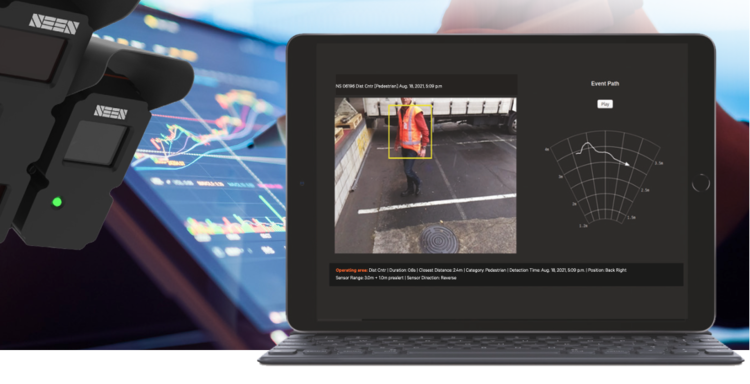Forklift accidents are a global concern
25th May 2022

Unfortunately, no matter where you go in the world, forklift-related workplace accidents are far too common. Recent events from around the globe demonstrate this unsettling fact.
- In the United Kingdom, a reversing forklift at a goat milk producer struck and killed a woman, resulting in a £200,000 fine.
- In Canada, the Minister of Labour is investigating the death of a worker struck by a forklift at an Ontario steel company.
- In Singapore, 3 out of 20 workplace fatalities so far this year have involved forklifts.
In the UK, forklifts account for more workplace accidents than any other machine, and 57% of all people injured by forklifts in the UK are pedestrians. In the US, the Occupational Safety and Health Administration estimates that if companies implement more stringent safety and training policies, forklift accidents could be reduced by 70%.
As the statistics and recent forklift accidents attest, any workplace that requires pedestrians to work near mobile equipment, like forklifts, must take pedestrian safety seriously and implement protective measures to keep their workers safe.
Keeping workers safe
SEEN Safety has addressed the persistent global issue of pedestrian safety head-on with its world-class IRIS-860 sensor. Through cutting-edge technology, their sensors have improved workplace safety for countless pedestrian workers around the globe who work in close proximity to forklifts and other mobile equipment.
SEEN works with companies in various industries where people and material handling machines work closely together – such as distribution centres, manufacturing, and logistics warehouses. They make sensors designed to detect when an employee has entered a critical area around mobile equipment like forklifts or wheel loaders. If a worker enters the area behind reversing equipment, the IRIS-860 sensor will audibly alert the driver to their presence.
SEEN’s sensors are simple to use. With the IRIS-860 sensor, workers do not need a complicated battery-operated transponder. Instead, the sensor identifies workers by transforming one of the most commonly used pieces of personal protective equipment, the high visibility vest, into part of an active safety system that is immediately effective and easier to implement than other options on the market.
The hard work of detection is done by SEEN’s infrared sensors, which work well beyond what an optical camera can ‘see’ in the visible light spectrum. SEEN deliberately uses infrared for detection, it is extremely reliable regardless of dust & dirt, weather and variable lighting – conditions commonly encountered in materials handling operating environments. Failure to detect reliably may be ok if people aren’t close to the machine when it’s operating, but it’s crucially important when a person enters the high risk zone behind a reversing machine.
In addition the sensors can be configured to meet the requirements of a specific worksite. Often, the operator is focused on their load which is usually in front of them creating a blind spot behind the machine, this is the area where pedestrian collisions can be the most catastrophic. SEEN’s sensors are designed to be configured to target that area precisely and reliably, focusing on the detections that really matter and minimising nuisance alerts.
The system is effortless to use, requiring zero specialist knowledge to install or set up, and always offers reliable protection, regardless of conditions. The sensors are also significantly more cost-effective than other alternatives, making it possible to spread them across your entire mobile equipment fleet.

